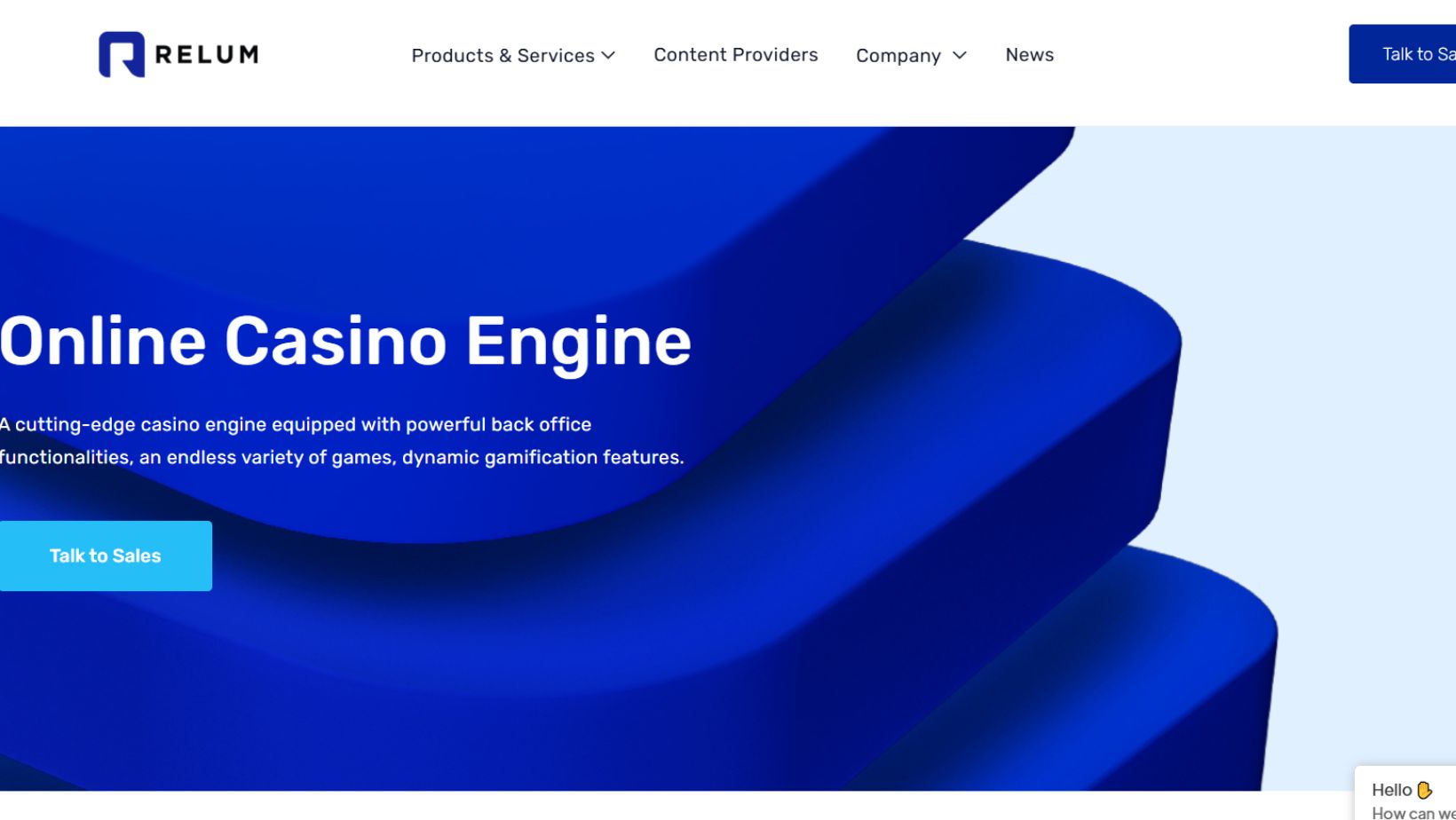Tim Hortons customers can scan their app before ordering coffee. Duolingo sends notifications that actually make people feel guilty. Your fitness tracker pits you against friends in daily step competitions.
Everything’s become a game. And we’re all playing.
This shift happened gradually. Companies figured out that wrapping products in game-like mechanics transforms user engagement completely. What started as clever marketing evolved into something deeper: a window into how human psychology actually works when nobody’s watching.
Table of Contents
ToggleThe Brain Chemistry Behind Points and Badges
Your brain treats completing app tasks exactly like winning at blackjack. Same dopamine pathways. Same chemical rush. The neural response to earning a fitness badge mirrors hitting a jackpot perfectly.
Gaming companies spent decades perfecting these triggers. Now every industry borrows their playbook. The mechanics keep players engaged for hours. For example, at Canadian casinos online, you get instant feedback, variable rewards, progression systems. These sites have perfected the balance between anticipation and reward, and offer everything from welcome bonuses to VIP programs to make players feel they’re always one step away from something bigger.
Productivity tools use these same psychological hooks. Educational platforms rely on these reward mechanisms, and health apps can’t function without these engagement systems.
These psychological hooks work regardless of activity. Learning French, tracking expenses, hitting sales targets—the brain responds identically. Progress bars make boring tasks feel achievable. Leaderboards transform individual efforts into social competitions. Achievement systems turn routine milestones into genuine victories.
Most people don’t realize how universally these patterns apply, but the evidence is everywhere once you start looking.
Why Willpower Fails Most People
Traditional motivation advice centers on self-discipline. Work hard now, get rewards later. Some people manage this approach effectively, but most don’t.
The problem isn’t lack of desire but lack of systems that make effort feel worthwhile immediately. Waiting months to see progress breaks most people’s motivation long before results appear. When you can’t see forward movement, momentum becomes nearly impossible to maintain.
Gamified systems fix this through immediate feedback loops that make progress visible instantly. Budget apps even give you points and progress bars every time you save a dollar. Fitbits basically have celebrations at the slightest milestones, telling you how high-achieving you are, when you reach 5,000 steps. Language apps will count up the streak each day and offer rewards in the form of badges.
This approach acknowledges how human psychology actually functions rather than how we think it should work. We’re pattern-seeking creatures who crave visible progress and recognition. Systems that align with these tendencies make behavior change surprisingly manageable.
Social Elements That Actually Work
Fitness apps were nothing more than a way of monitoring workouts. The newest ones allow you to race against friends, share your progress and participate in group challenges that make exercise a social occasion. It is the same thirty-minute run, yet it turns into a whole new experience when there is somebody who sees how fast you run, in this case, your college roommate.
Humans are competitive creatures, but traditional motivation approaches often ignore this social element completely. The social aspect engages several motivational systems concurrently and the layers of involvement are not beaten by personal incentive alone. It’s like you are not only getting better at what you do but you are preserving your name in a community where people are observing you. Fear of disappointing others often proves more powerful than personal discipline.
The social aspect creates accountability without the negative monitoring associations of traditional oversight. When your language app shows friends your daily streak, it feels like sharing accomplishments rather than being watched. This subtle framing difference significantly impacts how people respond to feedback.
Beyond Apps: Real-World Applications
Canadian organizations are discovering game-like elements transform workplace culture dramatically. Corporate environments replace traditional performance reviews with continuous feedback systems resembling video game progression. Employees earn points for completing training. They unlock new responsibilities demonstrating competency. Teams compete achieving departmental objectives.
Educational institutions report similar success stories. Students struggling with lecture-based learning excel when lessons become quests featuring clear objectives, immediate feedback, collaboration opportunities. The content hasn’t changed—delivery methods now align with natural learning preferences.

The Dark Side Nobody Discusses
Gamification’s effectiveness creates serious concerns. The same psychological mechanisms helping people build healthy habits can be manipulated creating problematic dependencies.
When does a productivity app stop being useful and become a crutch? How do we distinguish between systems empowering users and those extracting time and attention for profit?
These questions become particularly relevant considering gamification’s application in gambling, social media, mobile gaming. Techniques helping someone learn languages are virtually identical to those encouraging excessive spending on virtual rewards.
The distinction often lies in underlying intent and long-term outcomes. Healthy gamification creates systems where game elements eventually become unnecessary—intrinsic motivation develops over time. Exploitative gamification creates endless loops where mechanics become the primary reward.
The same principles helping someone develop better habits can create digital addiction and financial exploitation. The responsibility lies with designers, companies, and users to recognize these differences and make informed choices.




